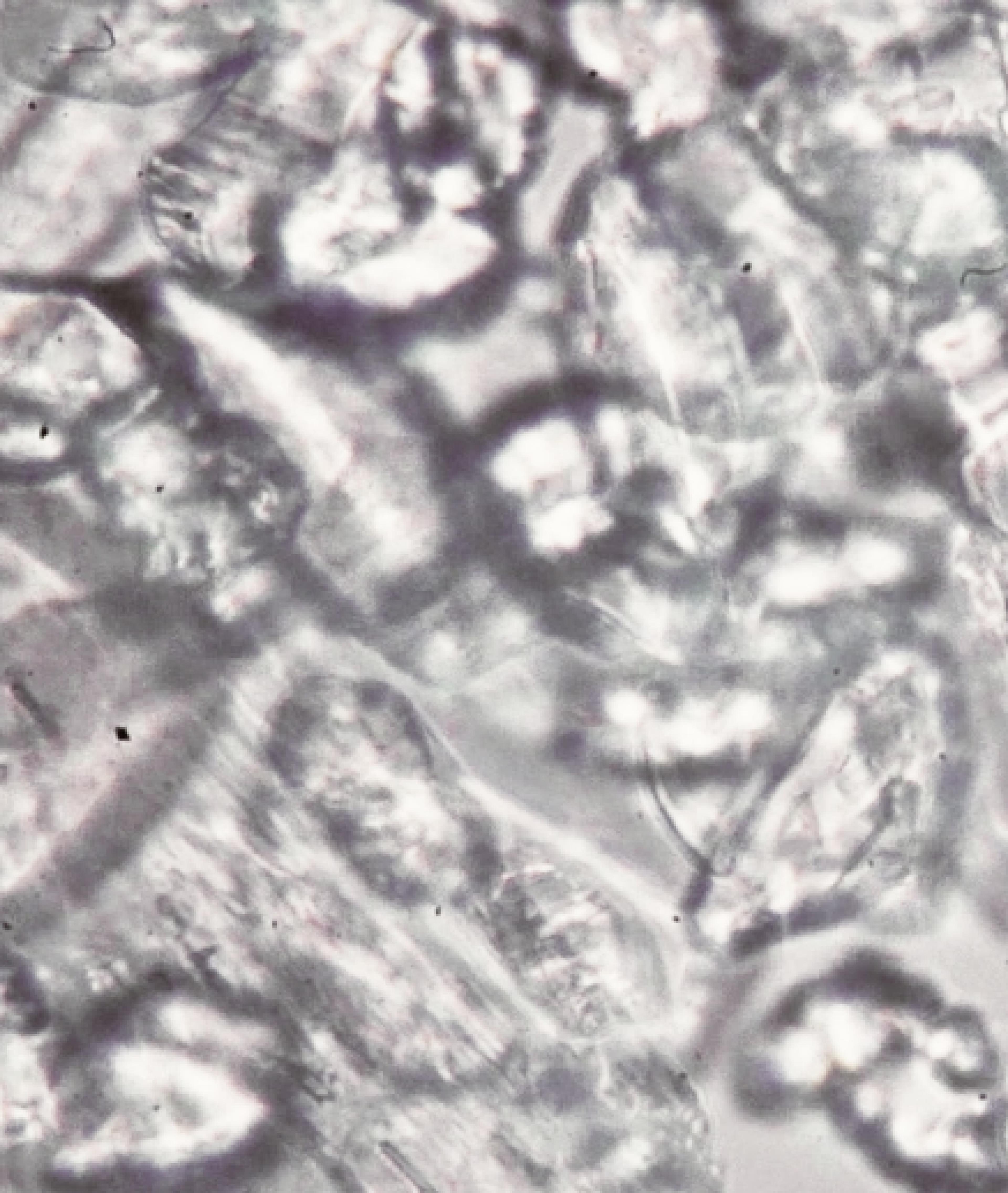Skin: an endocrine organ
- Skin microbiome

It may be your first time hearing the word ‘endocrine’, as it was mine a few months back. I had to share this because our amazing skin continues to impress me with its capabilities. When most of us think about skin, we think about how our skin looks. This makes sense, it’s the most visible part of our biology. That in and of itself is important. But the skin does so much more! It keeps us safe from toxins, tells us about the status of our health, and even has the ability to make HORMONES… yeah- it’s pretty crazy! So, let’s talk about the skin with the respect that it deserves because it’s hugely important to our body and all of its functions… what does that really entail? Let’s find out.
The endocrine system:
What does ‘endocrine’ mean? Simply put, endocrine refers to an organ’s ability to produce hormones.
There is an endocrine system found in all living things. The endocrine system is made of a series of organs referred to as glands, in the context of the endocrine system. These glands produce hormones that enter the bloodstream and travel throughout the body. These endocrine glands (organs) include but are not limited to: the Hypothalamus, Pituitary, Thyroid, Pancreas, Pineal, and (recently recognized) SKIN.
Exciting research in this area has now allowed scientists to label skin as a neuro–endocrine–immune organ. What does this mean? It means that the skin has a bidirectional relationship [signals are sent back and forth] with the brain, the endocrine system throughout the body, and the immune system (which we know because this is facilitated through the microbiome!)
Skin as an endocrine organ:
Skin is able to make many hormones that affect the rest of the body by either activating hormone receptors or via de novo synthesis (making simple molecules that are then used to make more complex, essential molecules) in the skin.
Some of the hormones synthesized in the skin are as follows: growth hormone/insulin-like growth factor-1, neuropeptides, sexual steroids, glucocorticoids, retinoids, vitamin D. These are only a few, there are actually many more. Let’s briefly go through what each of these hormones does in the body.
Growth hormone/insulin-like growth factor-1: promotes the normal growth of bones and tissue.
Neuropeptides: are transported to nerve fibers and immune cells like lymphocytes, monocytes, and polymorphonuclear cells.
Sexual steroids: estrogen, progesterone, androgen. These hormones affect everything from mood, mental state and depression, to reproduction, physical fitness, and muscle and bone structure.
Glucocorticoids: regulate inflammation, immune function, cell metabolism, and tissue development.
Retinoids: help cells reproduce properly in a process called cellular differentiation.
Vitamin D: essential for proper bone construction and calcium retention. Also has implications for mood enhancement and stability.
Each of these hormones are all produced at some level (some more than others) in our skin and change the operations in the rest of our body. These hormones are essential for physical health including metabolic and mitochondrial function and general organ function. They also affect mental health in terms of brain function, mood, clarity, and stress levels. AMAZING.
Skin influenced by other endocrine organs:
Our skin, as a fully functioning part of the endocrine system, is also influenced by hormones from other glands. It’s been discovered that our skin has hormone receptors for most of the endocrine glands; for example, skin has hormone receptors from nuclear glands and thyroid glands. It seems hormones produced in these two glands affect the development of the epidermis. When other parts of our endocrine system are compromised, skin homeostasis will also be compromised. This is shown in the relationship between alopecia areata + vitiligo and autoimmune thyroid disease, as well as in the relationship between acne + hypertrichosis and insulin resistance.
Bottom line:
Our skin is so much more than just a barrier or something to put makeup or skincare on. This amazing ORGAN affects our body in profound ways. From immune system response to organ function, to brain health, our skin is making hormones that impact our biology significantly. Our skin is also the most visual indication of how our internal organs are functioning. If there is something wrong in the body, specifically with an endocrine organ, we will likely see this manifest somehow on the skin. The most significant display of this is the gut-skin axis, which refers to the intimate connection between the gut microbiome and the skin microbiome. Dysbiosis in the gut almost always presents on the skin. There is so much to learn from looking at the skin and the more we learn, the more clearly we can see its significance as it relates to our health.
https://ijdvl.com/skin-as-an-endocrine-organ-a-narrative-review/
https://www.ncbi.nlm.nih.gov/pmc/articles/PMC9144330/
Saylam Kurtipek G., Cihan F.G., Erayman Demirbas S., Ataseven A. The Frequency of Autoimmune Thyroid Disease in Alopecia Areata and Vitiligo Patients. Biomed. Res. Int. 2015;2015:435947. doi: 10.1155/2015/435947. [PMC free article] [PubMed] [CrossRef] [Google Scholar]
52. Kubba R. Insulin Resistance Associated Acne. In: Suh D.H., editor. Acne: Current Concepts and Management. Springer International Publishing; Cham, Switzerland: 2021. pp. 95–110. [Google Scholar]


